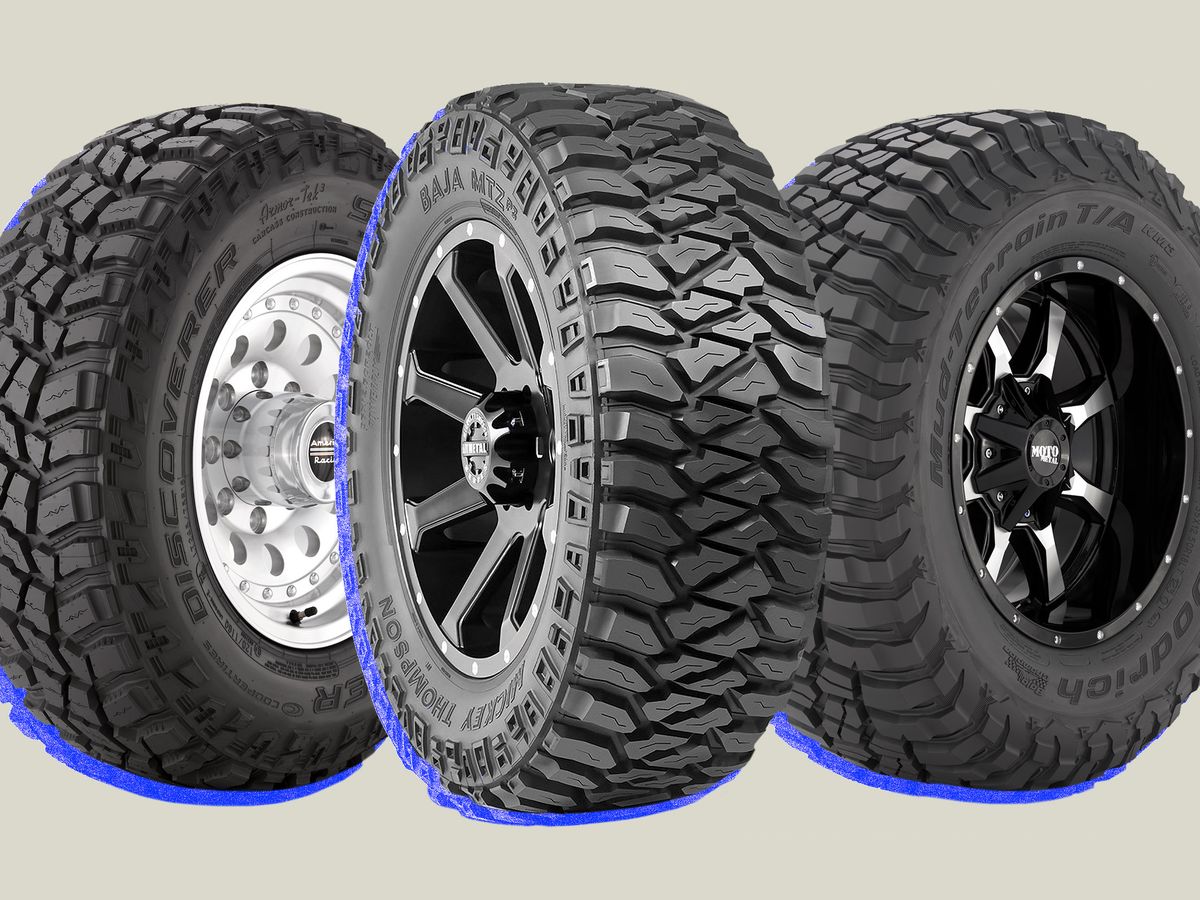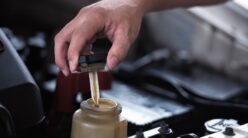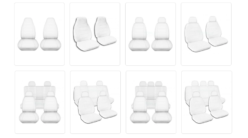 If you’re someone who likes to explore the great outdoors, then you know the importance of having the right equipment. One of the most important pieces of gear when it comes to off-road adventures is your tires. Mud terrain tires, in particular, are designed to handle rough terrain and provide better traction in challenging conditions. In this article, we’ll take a closer look at mud terrain tires, their benefits, and drawbacks, and everything else you need to know before investing in a set of these off-road tires.
If you’re someone who likes to explore the great outdoors, then you know the importance of having the right equipment. One of the most important pieces of gear when it comes to off-road adventures is your tires. Mud terrain tires, in particular, are designed to handle rough terrain and provide better traction in challenging conditions. In this article, we’ll take a closer look at mud terrain tires, their benefits, and drawbacks, and everything else you need to know before investing in a set of these off-road tires.
Nitto Trail Grappler is one of the best mud terrain tires for those who want ultimate off-road performance.
Let’s take a look at the Nitto Trail Grappler Review By 4WDTALK.
What are Mud Terrain Tires?
Mud terrain tires are a type of tire designed for off-road use in challenging conditions such as mud, sand, rocks, and uneven terrain. They are designed with deeper and wider tread patterns than regular tires, which helps to provide better traction and grip on slippery surfaces. Mud terrain tires also have reinforced sidewalls, which help to protect the tire from punctures and cuts.
Benefits of Mud Terrain Tires
Superior Traction: The most significant advantage of mud terrain tires is their ability to provide superior traction in challenging off-road conditions. Their deeper tread patterns are designed to grip onto rocks, sand, and mud, which helps to prevent the vehicle from getting stuck.
Improved Performance: Mud terrain tires are designed to handle tough terrain, and as a result, they perform better than regular tires in off-road conditions. They provide better stability, handling, and steering control, which can be especially helpful when driving on uneven surfaces.
Increased Durability: Mud terrain tires are made with stronger materials, and their reinforced sidewalls help to prevent cuts and punctures. This durability means they can last longer than regular tires, even when used in challenging conditions.
Drawbacks of Mud Terrain Tires
Noise: Because of their deeper tread patterns, mud terrain tires can be noisier than regular tires on pavement. This noise can be bothersome to some drivers, especially if they spend a lot of time driving on highways or other smooth surfaces.
Reduced Fuel Efficiency: Mud terrain tires have a higher rolling resistance than regular tires, which means they require more power to move. This increased resistance results in reduced fuel efficiency, which can be a disadvantage if you plan on using your vehicle for long-distance driving.
Expensive: Mud terrain tires are more expensive than regular tires due to their specialized design and reinforced construction. This higher cost can be a barrier for some drivers, especially those who don’t plan on using their vehicle for off-road adventures frequently.
Should You Choose Mud Terrain Tires?
If you’re someone who enjoys off-road adventures and frequently drives on challenging terrain, then mud terrain tires are an excellent choice. They provide superior traction, handling, and durability, making them a must-have for any serious off-road enthusiast. However, if you primarily use your vehicle for regular commuting and don’t plan on taking it off-road, then mud terrain tires may not be the best option for you. They can be noisier, less fuel-efficient, and more expensive than regular tires, which may not be worth the investment if you don’t plan on using them frequently.
Conclusion
Mud terrain tires are an excellent choice for anyone who enjoys off-road adventures and frequently drives on challenging terrain. They provide superior traction, handling, and durability, making them an essential piece of equipment for any serious off-road enthusiast. However, they do come with some drawbacks, including increased noise, reduced fuel efficiency, and a higher cost. Therefore, it’s essential to consider your driving needs and habits before investing in a set of mud terrain tires.


